Architectural 3D Scanning: Three Advantages of Using Lidar Scanners for Building Surveys
The 3D scanning industry is rapidly growing and becoming more popular as technology advances. One of the main reasons for this growth is within the surveying industry, which is critical in not only the development of buildings but also in construction. One surveying process that has grown in popularity over recent years due to its accuracy and detail in using Lidar scanners. Lidar scanning works by applying vehicles and fixed devices, sending out a pulse of laser light to capture the reflection of objects in order to create 2D and 3D models. This method not only allows for much more accurate measurements than other conventional measurements but also produces measurements much faster, reducing survey times. In this article by Hive Virtual Plant, we take a closer look at three advantages of using Lidar scanners for building surveys.
Click here to learn more about our services at Hive Virtual Plant.
Lidar surveys are incredibly accurate
Several variables can affect the accuracy of a building survey but using lasers to digitize an area reduces the likelihood of this happening by accounting for variations in light level, atmospheric conditions, and even minor obstructions. This allows for highly detailed 3D models that capture all aspects of construction. Another advantage of these types of 3D models is the ability to measure areas in real-time. Other surveying methods are limited in their accuracy due to the presence of obstructions and having to rely on manual measurements; while this isn’t a problem for smaller projects, it can be incredibly overwhelming when larger projects require surveying solutions. Lidar scanners produce high-quality 3D models that can be measured without the same limitations.
Using Lidar scanners save time and money for building projects
Trying to get accurate readings of large areas, like an entire construction site, can be incredibly overwhelming due to the sheer size; this is where Lidar scans shine. The fact that these devices can collect data in a short amount of time makes them perfect for larger projects that require the use of multiple crews. In addition, they reduce the likelihood of human error which can be costly and lead to increased costs. Roof surveys also benefit from Lidar scanners as these devices allow for fast and efficient assessments of roof surfaces by creating high-quality 3D models that accurately capture the conditions.
Advancements in Lidar technology allows for a greater range of uses
The main advantage to using Lidar scanners is the ability to produce incredibly accurate and detailed 3D models. These devices have become so popular because they can be used for multiple disciplines that rely on precise measurements, allowing users to apply this data to a wide range of applications. This, in turn, has led to an increase in the number of Lidar scanners being used for a variety of projects across different industries.
If you would like to learn more about how Lidar scanners can be used for building surveys, then we encourage you to get in touch with our team at Hive Virtual Plant. We are here and ready to provide you with the information and education you need to become comfortable with utilizing this technology for your project.
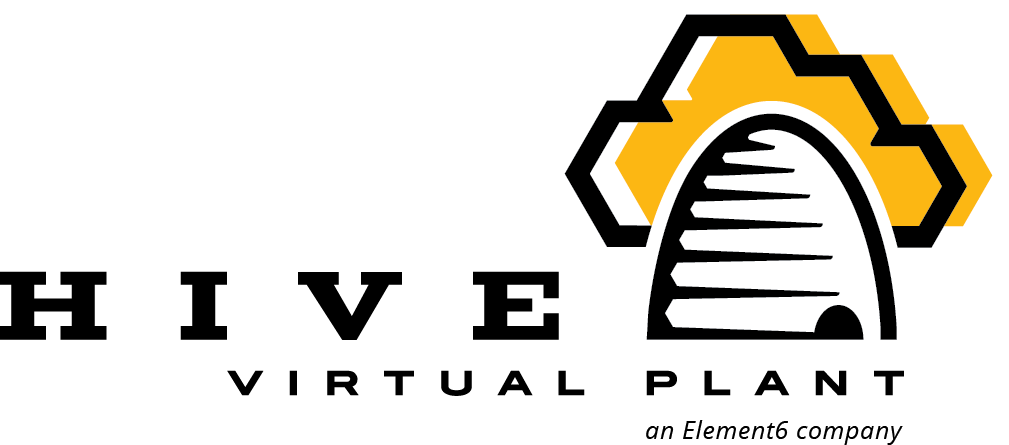


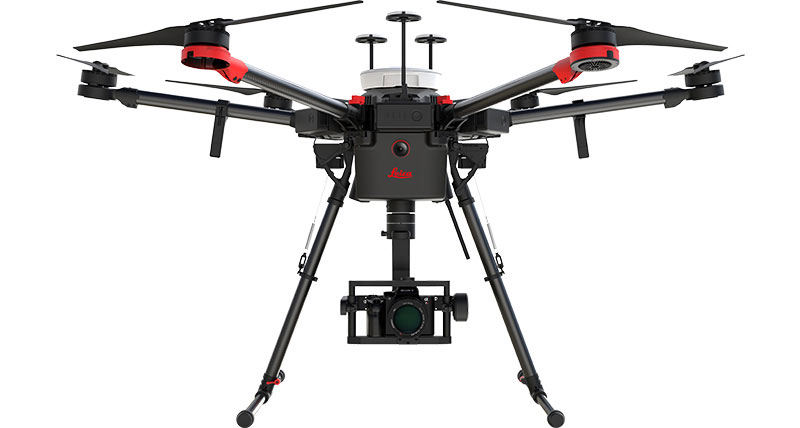
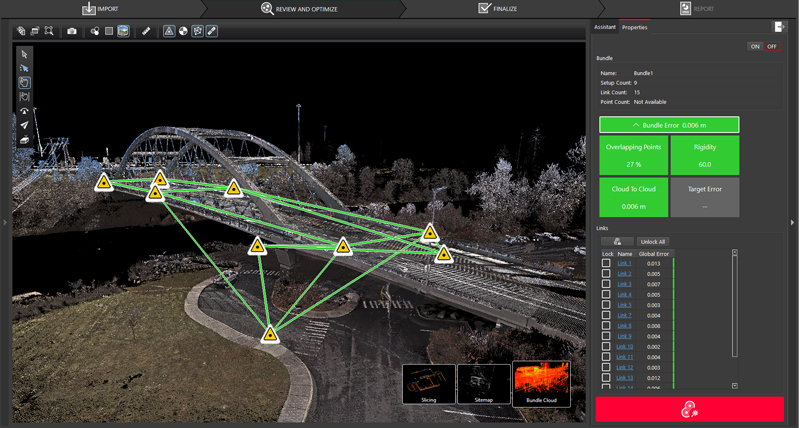
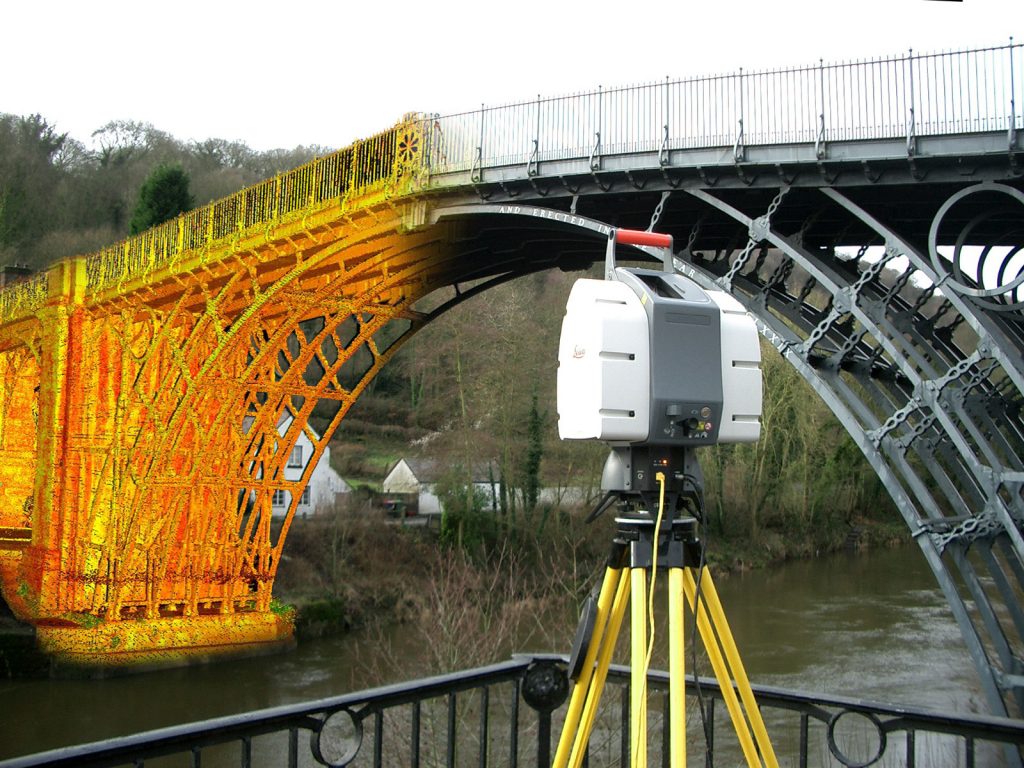
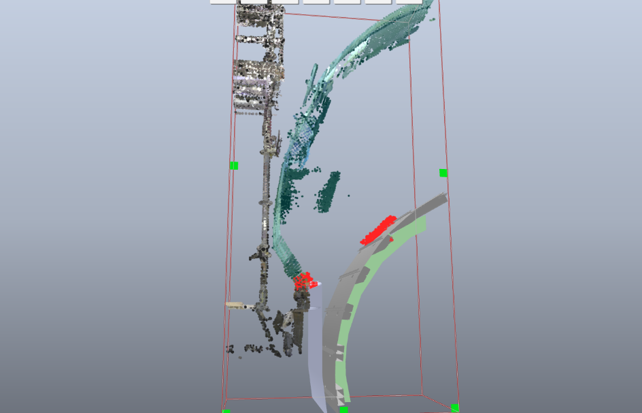
About The Author: Rob Jickling
More posts by Rob Jickling